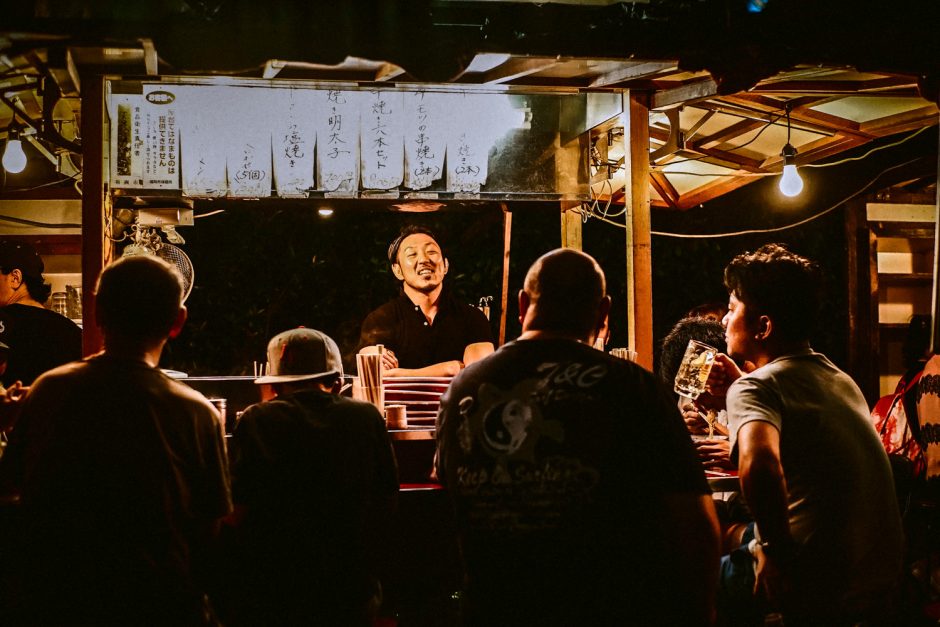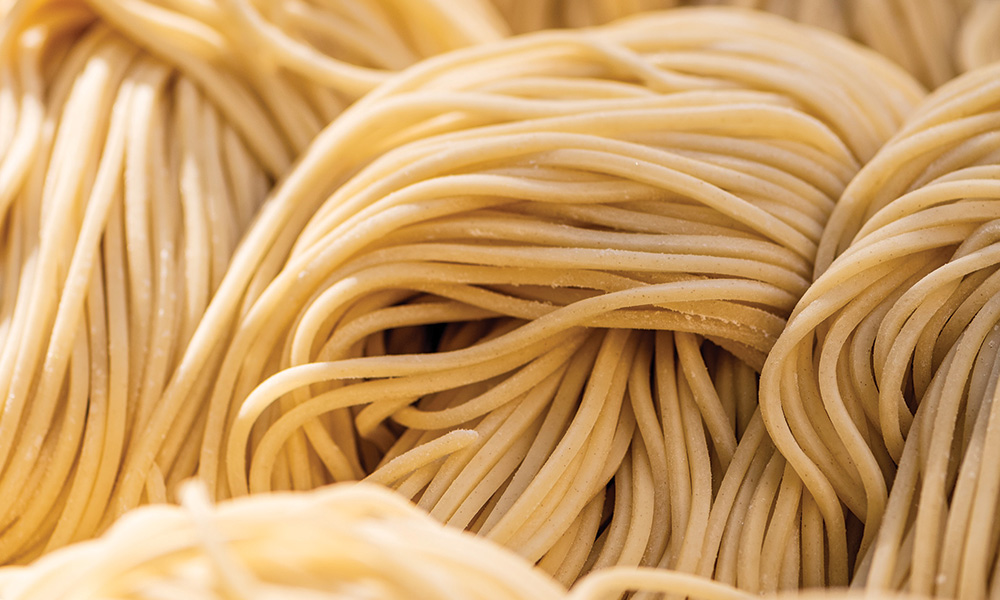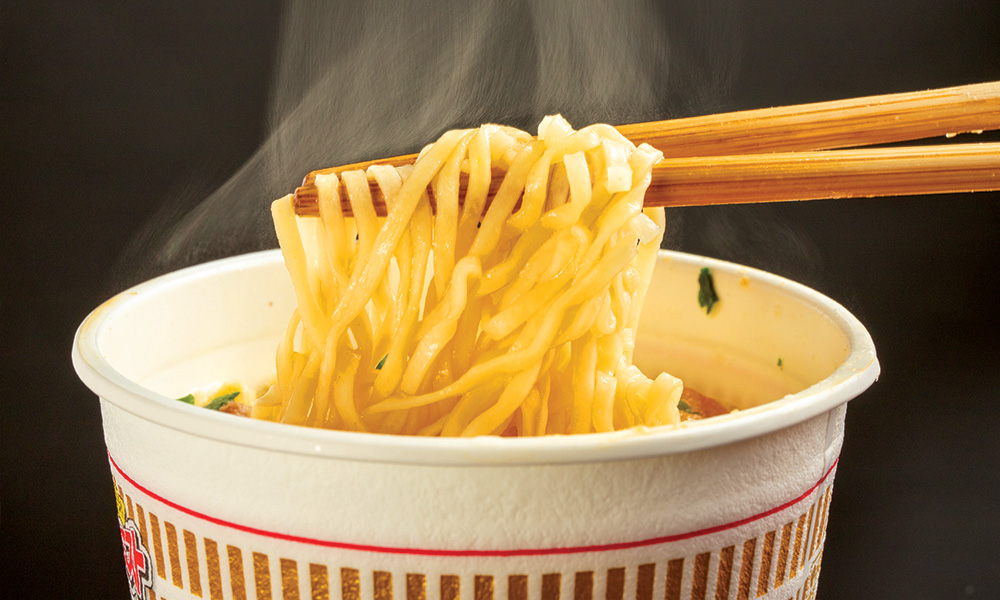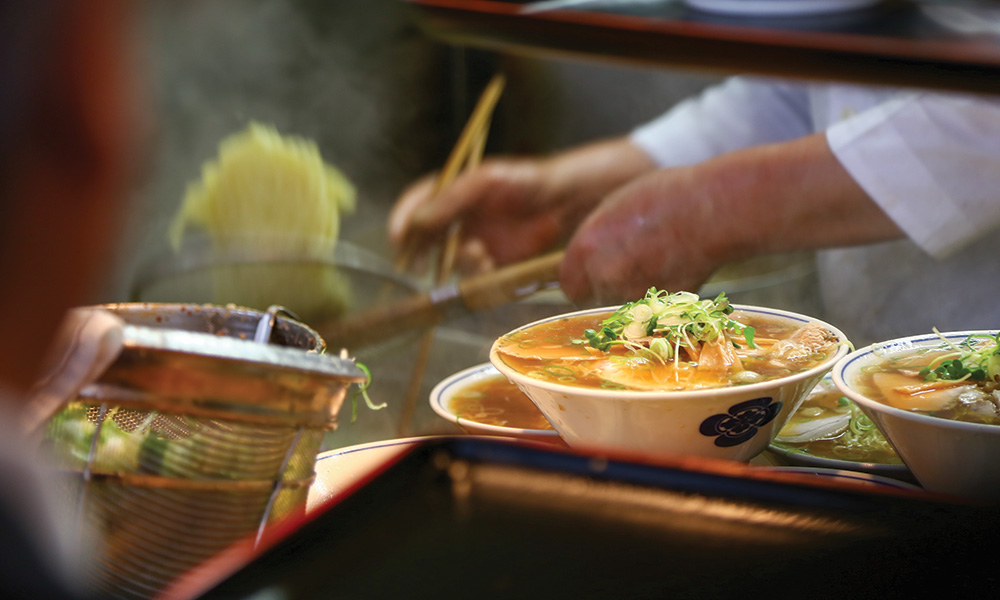Perk Up with 6 Tasteful Malaysian Drinks
Lighten your mood and rejuvenate your senses with 6 must-try Malaysian drinks!
Discover the authentic in Asian cuisine food

It’s cheap, it’s delicious, and by God it’s filling. Ramen is a staple of the student class across the world, and really anyone in need of a delicious bowl of noodle soup on a cold night.
If I was to ask you where ramen originated, you’d probably scoff at me before declaring “Japan” loudly and authoritatively. And you’d be wrong.

Ramen originally came from China. But no one is 100% sure how it got there.
Sometime between the 17th and 20th centuries, ramen made the jump from China to the islands of Japan. Early attempts to establish a history of ramen claim a scholar named Shu Shunsui brought the recipe with him when he escaped Manchu rule in China to serve as an advisor to feudal lord Tokugawa Mitsukuni.
And here we hit our first roadblock: No historical records of Shunsui actually cooking ramen in Mitsukuni’s court exist.

Another more plausible theory suggests it was introduced via Yokohama’s Chinatown in the late 19th and early 20th century. A Japanese customs agent who had worked in the aforementioned Chinatown then founded a restaurant named Rai-Rai Ken in Tokyo, which opened its doors in 1910. It employed Chinese cooks and popularised what was then known as “Shina Soba”, or Chinese noodles.
Shina Soba quickly took off amongst Tokyo’s blue-collar workers, because it was cheap and filling, but there were some… cultural issues that were starting to be associated with the dish.

In 1937, Japan invaded Nanjing, beginning a brutal occupation of China that would last until the end of the Second World War. Shina Soba was still very much associated with China, and the Japanese were starting to rail against that. After all, China had been invaded and subjugated, why were the Japanese still celebrating their food? An example of the pushback is encapsulated by the ramen restaurant Nankin Senryo, founded the same year as the invasion. Nankin references Nanjing, and Senryo has two meanings. The first, “flower”, is quite inoffensive. However, the second—”occupation”—has a slightly more political bent.
World War II put an end to ramen’s first wave of popularity. America occupied the country until 1952 and banned outdoor food vending, and the rice harvests were incredibly poor to boot. There were still some black market food vendors who were selling ramen, but it was much harder to find and more expensive.
But from the ’50s, a combination of lifting of wheat flour exchange controls, loosening of food vending restrictions and educational efforts from the Americans, ramen came back in vogue as lots of ramen stalls (yatai) popped up around Japan.
Then enter Nissin Foods. In 1958, instant noodles were invented by one Momofuku Ando. As a Japanese man of Chinese heritage, he was probably fated to lead the ramen rebirth.

Instant ramen immediately allowed anyone anywhere to get stuck into a bowl of ramen at their convenience. It was even voted the greatest Japanese invention of the 20th century!
And it’s instant ramen that colours our view of the dish’s origins. Nissin foods were a Japanese company, and they re-popularised the dish and helped spread it around the world.

As a dish of the working class, there’s a level of nostalgia still associated with ramen to this day. Over 80% of ramen shops in Japan are small businesses, and long may they remain so.

Lighten your mood and rejuvenate your senses with 6 must-try Malaysian drinks!

Pair your hearty barbecues with these refreshing Asian delights!

What are the properties of ginger, and how to pick, store and use ginger in your cooking? Find out here!